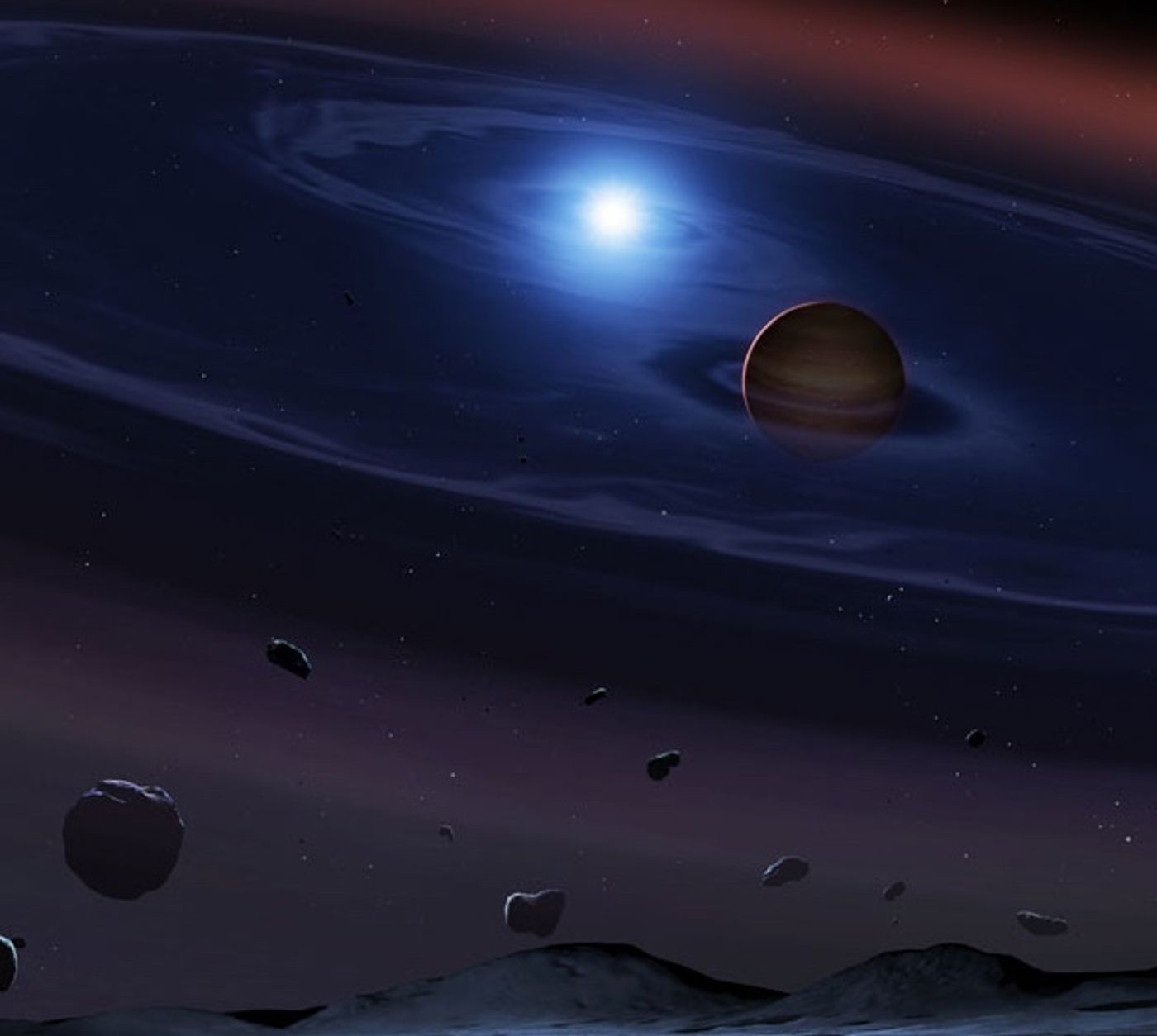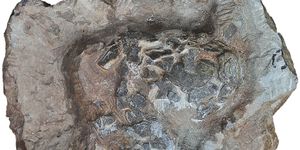It's Possible for a Planet to Have Two Suns Like Tatooine
Fans of Star Wars know exactly what we’re talking about when we mention Tatooine, the sandy desert-like planet that appears to have two stars in the sky throughout the film. But for those who don’t know, the duo of Sun-like stars in the sky reveals how the planet appears to reside in a binary system, meaning it orbits two stars at the center of its host system.
To this day, astronomers have never found evidence for the existence of a rocky terrestrial exoplanet orbiting a binary system, and it has long been thought that it wasn’t possible, as all known binary systems have gas giants like Jupiter orbiting them instead. But a new study appearing in the journal Nature Astronomy illustrates how a Tatooine-like world may actually be possible, even if Tatooine itself is a work of fiction from a popular movie trilogy.
Image Credit: Mark Garlick, UCL, University of Warwick and University of Sheffield
Astronomers from University Color London have identified a system known as SDSS 1557, which is estimated to be around 1,000 light years away from Earth. At the center are a brown dwarf and a white dwarf, which both form a binary system.
From a first glance, the system didn’t look like a binary, as the brown dwarf, which is essentially a failed star that appears very dim to our observations, was hidden by much of the debris until the system was looked at with the right type of instruments. These observations were made possible by both the Gemini Observatory South telescope and the European Southern Observatory Very Large Telescope, which are each located in Chile.
On the other hand, one thing that astronomers weren’t expecting to find in their observations were remains of shattered asteroids orbiting the binary. This means the metallic and rocky debris could one day form a terrestrial Earth-like exoplanet that orbits the binary system if one doesn’t exist there already.
“Building rocky planets around two suns is a challenge because the gravity of both stars can push and pull tremendously, preventing bits of rock and dust from sticking together and growing into full-fledged planets,” said lead author Dr Jay Farihi.
“With the discovery of asteroid debris in the SDSS 1557 system, we see clear signatures of rocky planet assembly via large asteroids that formed, helping us understand how rocky exoplanets are made in double star systems."
One thing the study does note is how the binary system has two major gravitational forces at the center, which means terrestrial planet formation may be difficult from the constant pulling and pushing from the two different stars at the center.
Nevertheless, there is evidence of rocky debris, which means formation is certainly possible, if not just slowed down. Still, these are the same steps we take to understand terrestrial planet formation in our own Solar System, so it makes sense to try to apply them to other systems as well.
Source: UCL









